Friday 17th 2023
Seminar with Alice on Sketchbooks and sharing Alice’s practice.
Sketchy
Started off with a review of checklists for Sketchbooks ready for the review when we will be having our sketchbooks checked out by Alice and Niki. The checklist should provide the information required to check that each individual item is in the sketchbook before submission,
Alice made a point of saying that regarding research we should be researching>>making>>researching>>making in a cycle to ensure that we are growing our practice.
She also said that contact sheets should be displayed in sketchbooks and then the images chosen for enlargement should be shown along with reasons why this image was chosen.
Another thing mentioned was that we should be giving space for our own work in our sketchbooks.
After the lecture I mentioned to Alice that I’d stopped finding my physical sketchbooks as useful as they had been in the past and that I was writing almost everything up in this blog/reflective journal. She agreed that this was acceptable and that I should still keep and submit the sketchbooks so far at the end of the year. I may use them still to capture anything that I want to stick in a physical book, but I’d usually photograph it and display on this wordpress blog.
Alice’s Practice & Studies
Alice showed us her Tumblr Blog which was from her degree and masters study https://alicehodgsonbcu.tumblr.com/archive
A Presentation was shared about Confessional Art which is basically making Personal information Private.
Confession normally brings out thoughts of religious confession for sins or criminal confession in a police station.
Alice shared a piece of work and statement about Louise Bourgeois which explained the spider being a representation of her mother.
Two pieces of work by Frida Kahlo Broken Column and Self Portrait With Cropped Hair told us a little about her life. The broken column image was around the pain inflicted on her every day as a result of a bus crash in her younger years. The nails featuring in the photo had a stigmata like feeling to me and the column being her spine and fractured was evident. The cropped hair was a reference to her divorce and taking back control over her life. She is sat in her ex-husband’s oversized suit with her hair strewn around the room.
Jo Spence, in her work Phototherapy 1984 with Rosy Martin, used photography to promote self awareness and healing. In the image, A Picture of Health: How Do I Begin?, The semiotics of the X on the chest and the medical appearance all point to the fact that she was experiencing Breast Cancer and taking these self portraits helped her to get to grips with it and deal with the impersonal way she was treated in the health system.
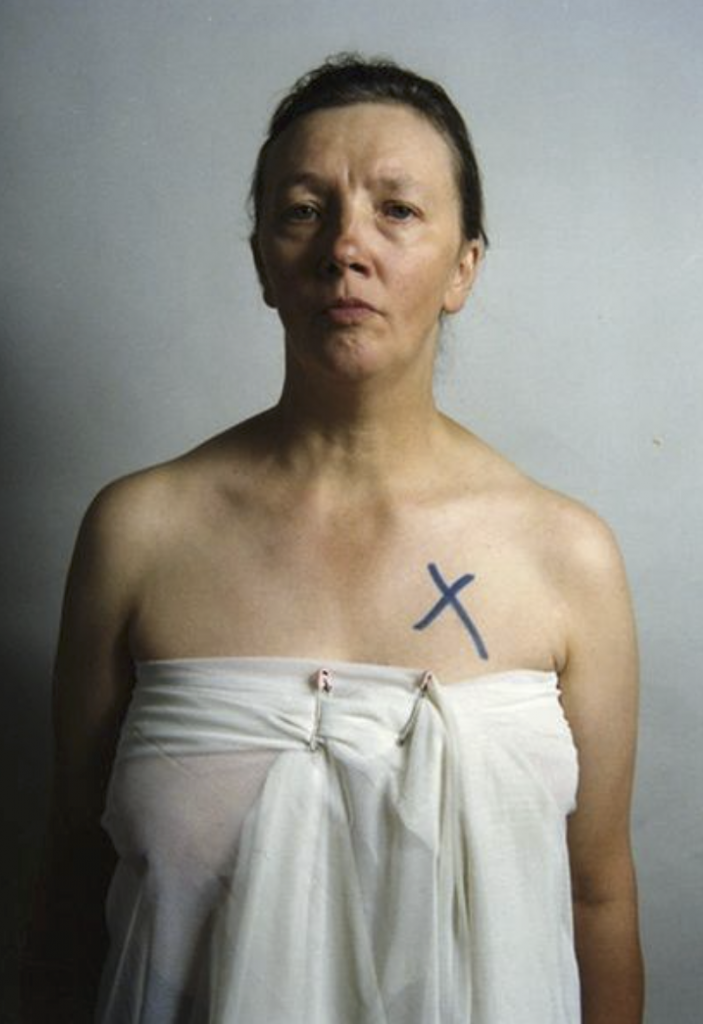
She later worked with Tim Sheard and created Narrative of Dis-ease in 1990 which was a studio performance and staged images exploring gender, body image, illness, and medical processes. Spence was an influence for Alice as she documented her struggles.
Alice also appreciated Tracey Emin’s “My Bed” from 1998 and although not certain of it at the time, it’s relevance as an art piece has grown since. She also showed us another Emin work called “Everyone I Have Ever Slept With” in which names of people she has slept in the same bed with are stitched into the walls of a tent.
Brought onto the screen in the room next was some examples from Sophie Calle’s work Exquisite Pain in which we see a diary/journal/scrapbook with big red stamps counting down to the day she split from her partner and then post event too. Alice said that this was similar to her ideas to document her appearance as she went for what she called at the time “Perfection Aspiration”
Sharing Practice
In a personal bit of sharing Alice opened up with her degree work looking at her eating disorders, and aside from a single tasteless attempt at a joke from one classmate it was all treated with respect and we all thought that it was an amazing story and that she was brave to revisit the works for our benefit. We also discussed with Alice that brave seems to be the wrong word but we very much appreciated what she’d talked us through.
A couple of items that I made notes on were that she was taking these self portraits as a memento for her family if she didn’t make it through to recovery. She used the word morbid a couple of times and I guess that’s accurate but she said at the time this wasn’t the reason for making the work.
An “Archive” as she titled it was a book of the instant self portraits that she found to be uncomfortable to see so it was encased ina. glass box for the exhibition. She related to us that one visitor didn’t bother reading the artist’s work statement and picked up the glass case to look at the photos within the book. This was not what was intended and Alice was infuriated by the attitude. It also incorporated a mirror so that the viewer could take a look at themselves too, this should open up some questions.
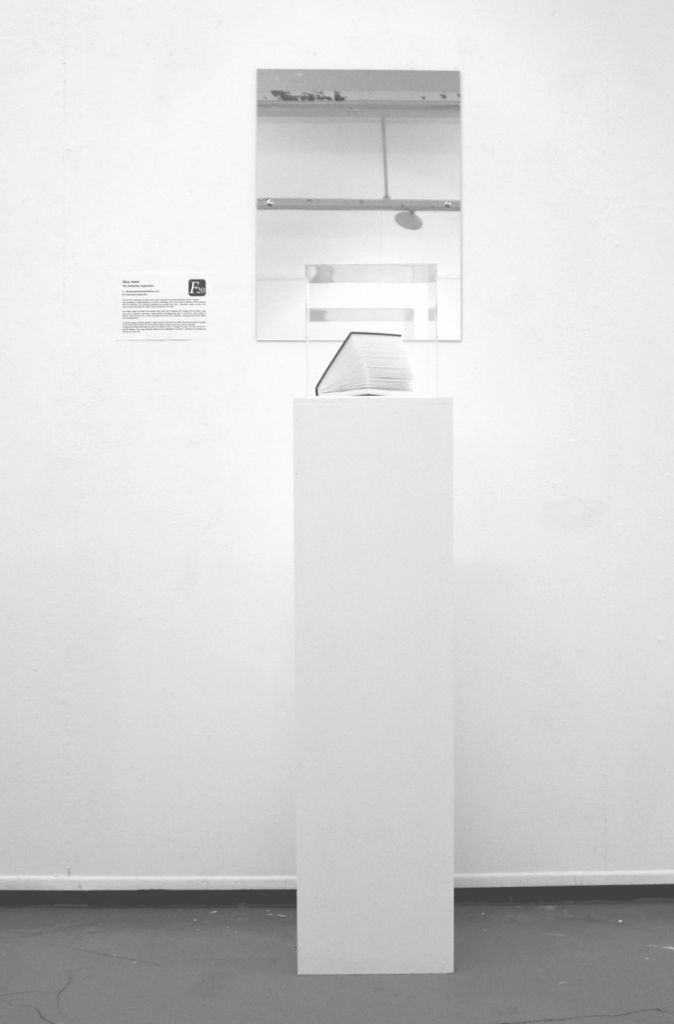
Another piece of work, a single landscape image showed her disappearing into the fog on a field. It was called Fading Away and she felt as if her self was degrading and vanishing at the time. This is probably the most haunting of the images that she shared with us, for me anyway. It’s the opposite to the tunnel with a light at the end. A triptych of work documenting the worries about going to sleep with severely damaged heart due to the eating disorder and this was also a moving piece of work. Some of these pieces were exhibited in two smaller exhibitions one in her own fridge stocked with food that she couldn’t eat, and one in a medical ward that brought to mind her time in the clinical settings of the Eating Disorder clinics she’d visited many times. There was also another exhibition that they’d organised as a group in the Troubador but she’d been disappointed with the presentation of the Fading Away image, it had been cropped into Portrait rather than it’s original landscape orientation.
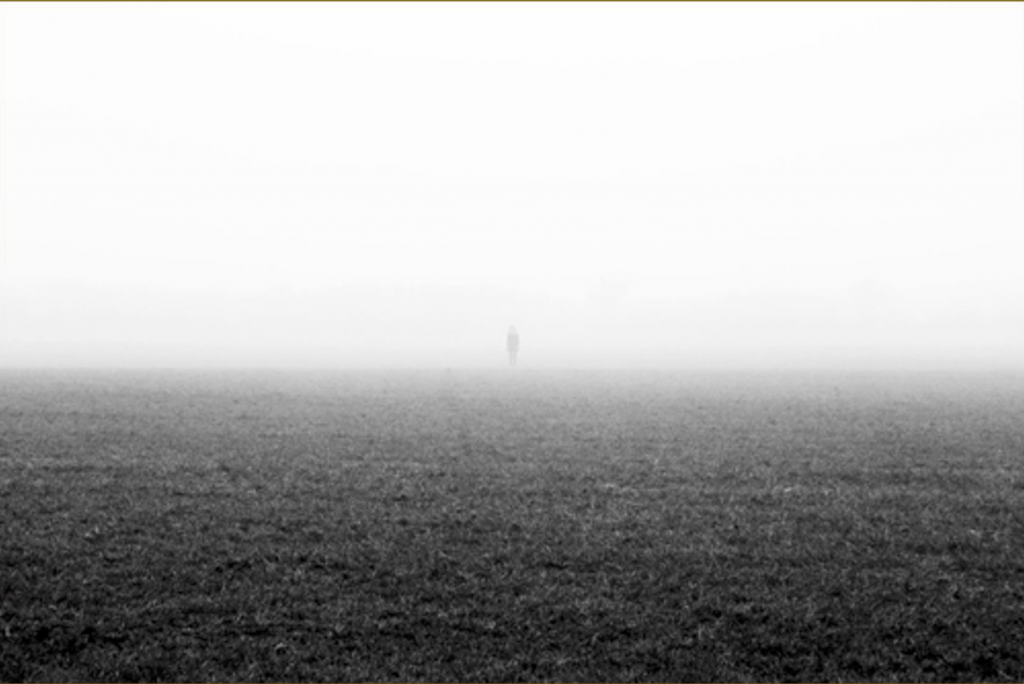
She finished her degree in 2012 and then took some time away before returning back to BCU for a Masters in Art, Design and Interdisciplinary Practices. Alice started looking at cycles of menstruation and ovulation and created a graphical representation that would become a repeating theme through some of her work over the rest of her course.
Some of Alice’s work links to Mary Kelly’s Post Partum Document work where she documented her life after the birth of her child, including plaster casts of baby’s fists, nappy liners, documents, stamps and all manner of other items that she used to document the time period.
Alice also shared two other photographers, Susan Bright and Elina Brotherus to have a look at who were interested in body image, gender and feminism.
Along with Alice’s interest in the data from her monthly cycles she was looking at pinning moths into cases on top of the data sheets. She referenced Mat Collishaw’s Insecticide 4 work in which he squashes butterflies and moths between sheets of glass and then photographs the confusing mess of disorder. Collishaw also made images of the last meals for death row inmates before their execution. This chimed with Alice as she was also taking images of her meals which was part of her eating disorder and the work surrounding that.
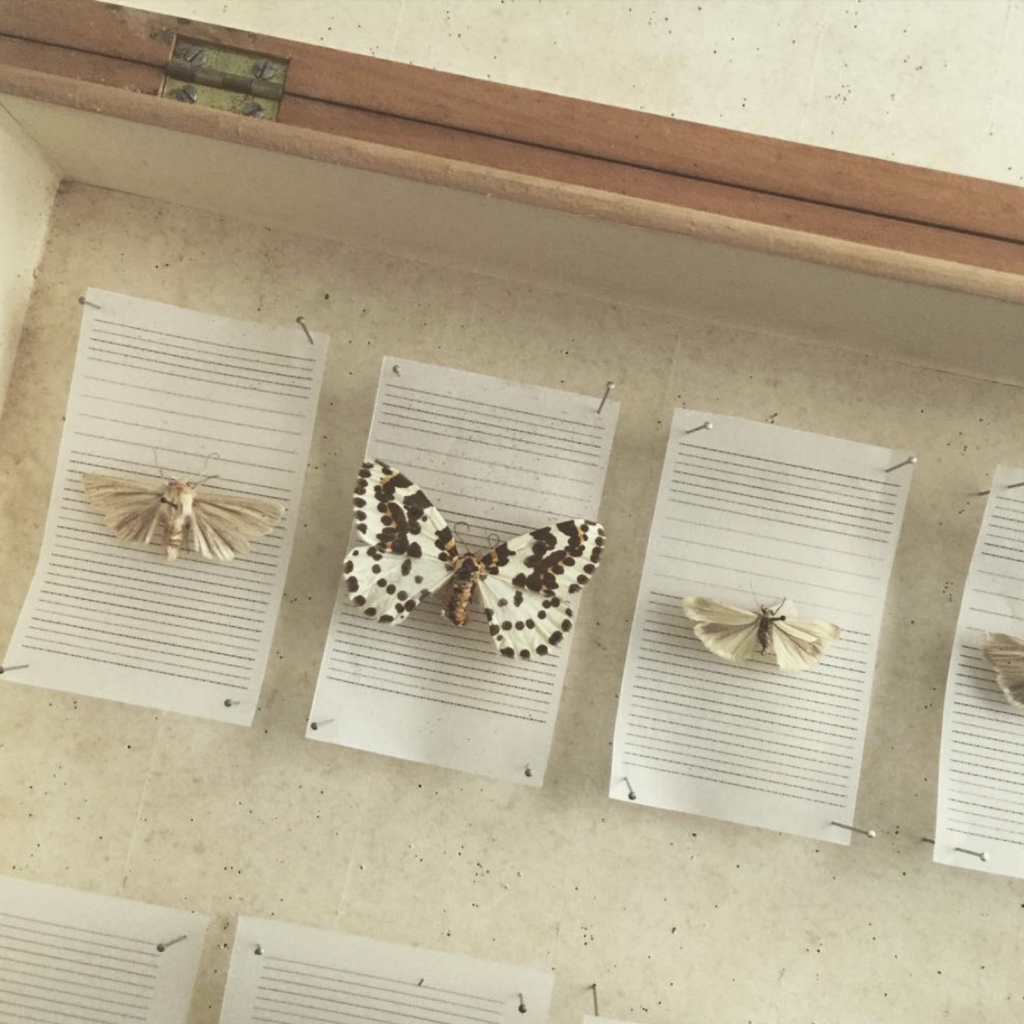
There was also a section of her practice called “Becoming Alex” in which Alice photographed herself wearing masculine style clothing and posing in masculine ways to subvert the viewers understanding of the picture. It was interesting that she wasn’t doing this to play with Gender Stereotypes but to provide some escapism into a different character with her attendance at the opening of some exhibitions seeing her dressed as her character Alex.
Masters Degree
Alice moved into talking about her Masters degree in which she was driven by people constantly asking her when she was going to have a child, she’d been recently married. This is something I have seen in my growing up and a workmate, Terry, told me that “they ask you when you’re getting a girlfriend, when you’re getting engaged, when are you getting married, when are you having a kid, when are you having your second kid and then they stop as you are now in the same position that they are in and they don’t want to be alone”
Text was also used by artist Hanne Darboven and this work with calendars and dates etc helped Alice to formulate some responses in her sketchbooks as we could see on her Tumblr blog.
At this point there was a momentary power cut and the whole room shut down, it took a few minutes for the PC and the projector to come back on so we were talking about the whole process for Alice and that whilst studying for this Masters and saying that people expected her to have a child and her pushback to it fed into her material, she felt it wasn’t 100% honest as she was also thinking what it would be like to become a mother. She said that her Masters was mentally exhausting as she was producing art that didn’t represent what she was feeling and the hypocritical arguments with herself were taking their toll.
Mothers and the phenomenology of the memorable photograph was an interesting piece of work that she referenced also as she moved into talking about photo albums and family archives including stills taken from a VHS video recorder that showed her in 1989 as a child. It seems to Alice that many images of her as a child depicted her as a mother, with a doll etc. or being the baby in arms etc so this might be the root of the maternal thoughts that she would be having all the time through her masters degree.
She said that Family Photo Albums are connected to Loss as did Roland Barthes in Camera Lucida. She suggested that mothers, usually the author/curator of family albums, are fixing their identity a mother so that they can be revisited at a later date when the kids have left home etc. She sees them as a tool to comfort future generations so there is not a total loss, that some semblance of family lineage is still visible.
My Response
When visiting my mum this morning I asked her about her family photo albums and she shared some images of when I was around 17 years old and spent ages reminiscing about how she’d had to have Kipper the cat and Odie the dog put to sleep. She never really mentioned the other contents of the photos. Her memory isn’t what it used to be as she’s been bed bound for around nine years now and the MS is taking it’s toll. I asked her why she had put together photos in an album like this, interested in what her response might be. She didn’t really understand the question and explained that, this is just what we did with photos we took.
In my history there are not a huge amount of photos of me growing up, maybe a few as a baby , a couple as a toddler and teen, then I bought my own camera and then we see some increase in photos. This is why I take photos of my kids and keep them backed up several times to different places. When the time comes to hand them over to the future generations they can trim out all of the weird car park and dead bird images, keeping only those of interest to them. My Lightroom catalogue is my family photo album and it’s often displayed on the TV as a screensaver. In fact this screensaver and regular exposure to their childhood photographs is what my essay seems to be evolving into.
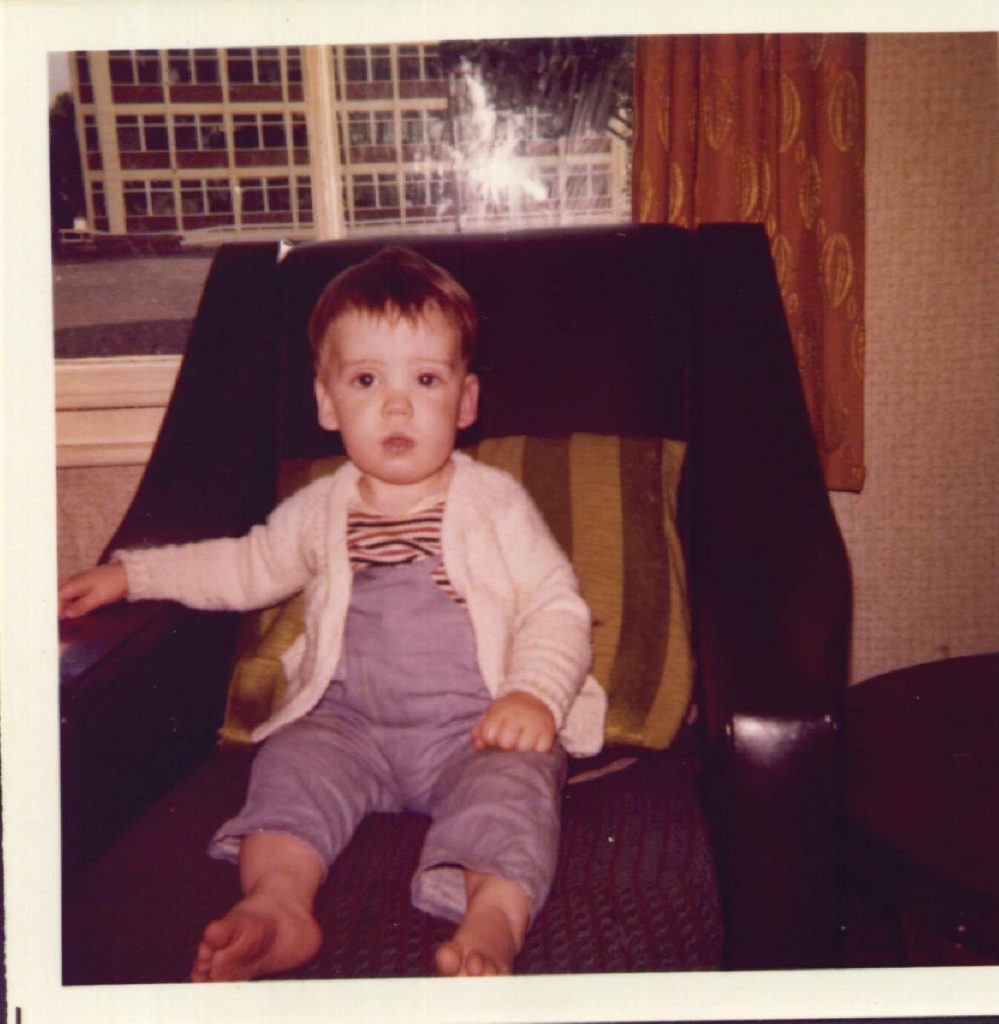
With my questions about the corruption or false memories caused by photographs, this seminar/lecture was amazingly informative and connected to my practice. The eating disorder information and work that Alice presented was stark and emotionally engaging but I do struggle to connect to others issues when I’ve not got any experience. It’s not that I don’t care, far from it. It’s that I don’t feel I can have much of an opinion on the matter as I’ve no reason to feel like I could know anything about it, having not experienced it. The fact that I know a little more about it now, about Alice and her practice has been very valuable but I’m not sure if it is completely relevant to my practice, and that’s ok.
Whilst all of the lecture was useful, some parts were even more important in helping me resolve some ideas and questions I have about my own work. I guess this is one of the reasons we are shown stories and examples of other artists’ work to help expand our horizons and think outside of our comfort zones.
My work doesn’t seem to stem from a place as stark as Alice’s or as activism based as some other photographers we’ve discussed. Is this an issue? I don’t have any real experiences that lead me to create a body of work about it. Sure, events have happened in my life that haven’t always been 100% brilliant but I like to get on to the next step to moving on and succeeding in something. My father’s alcoholism, my brother getting kicked out, a bit of bullying at my apprenticeship, and my son having been diagnosed with Type 1 diabetes could all prove to be a well of work but I don’t delve into them very often. We just get on with it and hopefully come out the other side smiling as a strong and happy family. Maybe at some point issues jump back into my psyche ready to be photographed but I like to photograph things that bring me happy memories. This might be considered a little immature or childish but I’m always a positive person and choose to continue this process.
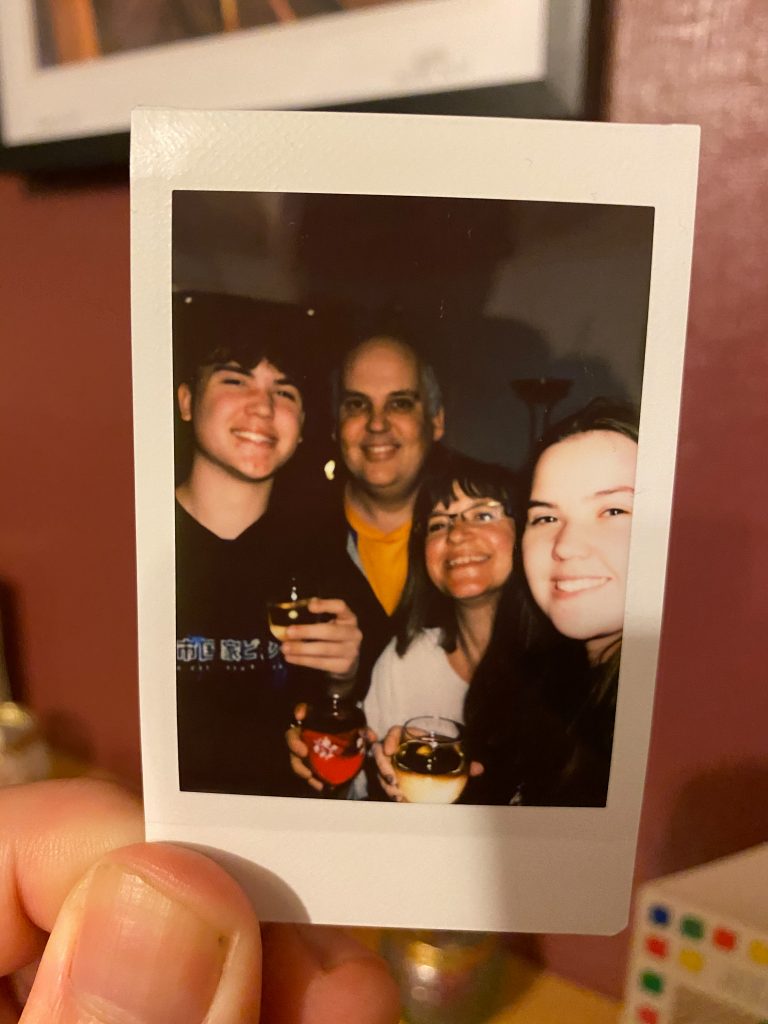
Comments are closed.